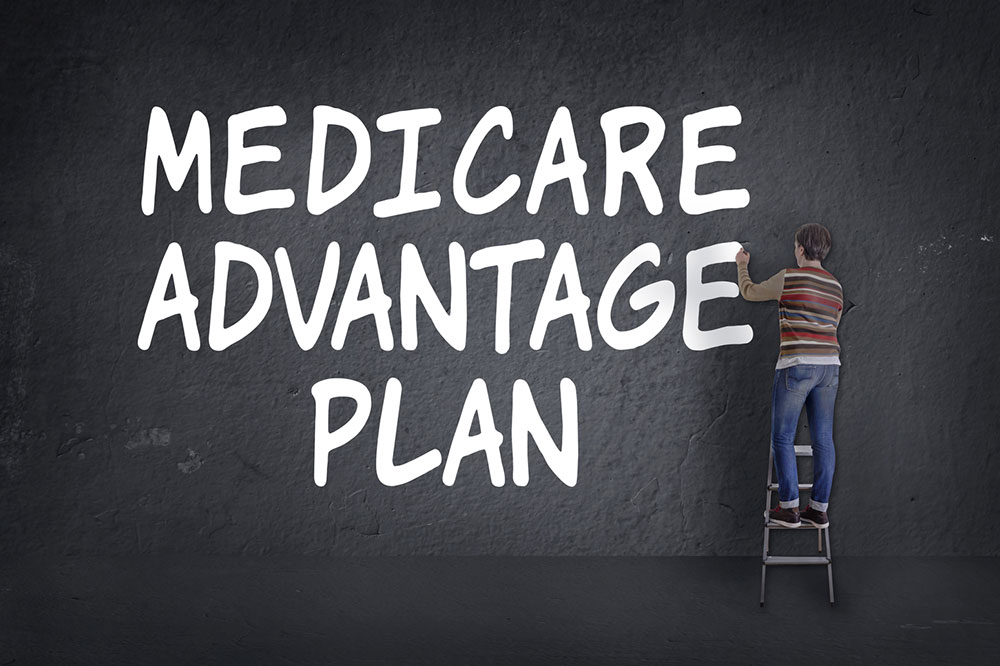Key Factors Affecting Medigap Premium Costs
This article explores the key elements influencing Medigap premium rates, including plan types, provider choices, and application timing. It highlights how private insurers set prices, the importance of application windows, and compares costs across states. Understanding these factors helps seniors select cost-effective Medigap coverage suited to their needs, ensuring better financial protection against rising healthcare costs. The piece offers practical tips for choosing the right plan and provider to optimize benefits and manage expenses efficiently.

Key Factors Affecting Medigap Premium Costs
Managing healthcare expenses can be challenging for retirees, especially as medical costs continue to rise. To offset these costs, many seniors opt for Medigap plans, also known as Medicare Supplement Plans. These private insurance options help cover out-of-pocket expenses like deductibles, co-insurance, and emergency services abroad. However, Medigap doesn’t include long-term care, dental, vision, or hearing aids.
While Original Medicare is administered by the government, Medigap policies are provided by private insurers, only available to those enrolled in Medicare Part A and B. Those with Medicare Advantage aren’t eligible for Medigap.
Medigap plans may also cover certain prescription costs.
Premium costs vary depending on the provider and location. It's crucial for applicants to understand what influences these premiums to choose the most suitable plan.
What impacts Medigap costs?
Since private insurers set their own rates, premiums depend on several factors. Knowing these can help you find the best value.
Read on to learn more.
Type of Medicare Supplement Plan
Private insurers offer standardized Medigap plans, except in Massachusetts, Minnesota, and Wisconsin, which have variations. Key features include:
Coverage for hospice co-insurance and co-payments
First 3 pints of blood transfusion coverage
Coinsurance and co-payments for Medicare Parts A and B
Some plans, like Plan G, offer additional benefits such as full coverage of Part A deductible, skilled nursing coinsurance, and foreign travel emergency expenses. These comprehensive plans tend to be more costly.
Insurance Provider
Premium rates differ across companies. Comparing benefits and discounts—like non-smoker discounts—can help save money. Premium structure varies across three main models:
Issue-age-rated – Based on your age at application; rates stay stable as you age.
Attained-age-rated – Premiums increase as you age, often leading to higher future costs.
Community-rated – Premiums are region-based, and everyone pays the same regardless of age.
Economic factors such as inflation also influence premium costs.
Application Timing
Applying during the 6-month open enrollment period, starting when you enroll in Medicare Part B, ensures guaranteed acceptance without pre-existing condition penalties. Waiting beyond this window may result in medical underwriting, potential higher premiums, or denials.
Leading Medigap Providers
Top companies include:
Humana
Blue Cross Blue Shield
Cigna
United American
Mutual of Omaha
Continental Life
Anthem
Manhattan Life
Transamerica
UnitedHealthcare Medicare Solutions
Most Affordable States for Medigap
The budget-friendly states are:
Maine
Idaho
North Dakota
Oregon
Montana
Georgia
Virginia
Iowa
North Carolina
Vermont
Highest Cost States for Medigap
The most expensive states include:
Alaska
Massachusetts
Texas
Maryland
Wyoming
New York
Nevada
California
Mississippi
Rhode Island










